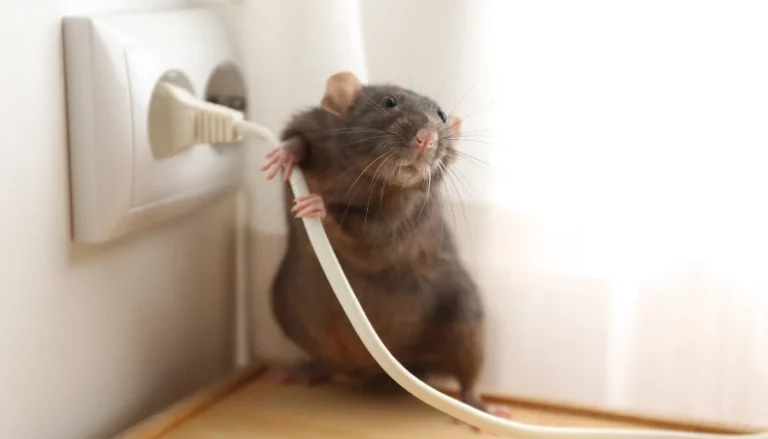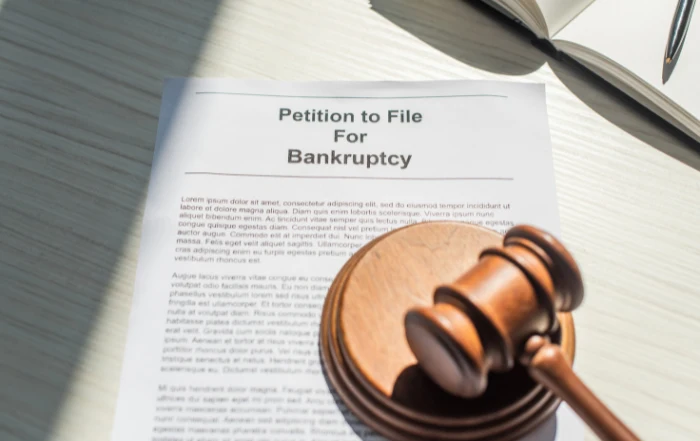When AeroFarms’ Co-founder and CMO, Marc Oshima, expressed excitement about high-value nurseries and their potential impact on the industry, the future of agriculture seemed promising. However, AeroFarms’ recent Chapter 11 bankruptcy filing has raised questions about the viability of their approach.
How could this situation have been avoided?
Are microgreens better suited for niche markets rather than large-scale production? And how can we address the challenges of rising energy costs in vertical farming?
Let’s delve into what industry experts have to say.
A Troubling Situation for the Industry
According to Mark Korzilius, Creator of Opportunities, AeroFarms’ bankruptcy filing reflects a larger issue plaguing the vertical farming sector. He believes that the company’s constant pursuit of alternative realities without acknowledging significant roadblocks has been problematic.
In his opinion, AeroFarms failed to consider existing technological solutions, such as those implemented in the Netherlands.
Additionally, they overlooked the economic struggles faced by leafy green and produce farmers worldwide. Mark also suggests that AeroFarms failed to offer a more compelling value proposition to consumers.
Misplaced Priorities
Mark further argues that the focus in the industry has been misplaced.
Rather than addressing critical issues like energy efficiency, the emphasis has been on factors such as serving a growing population, water usage, AI, optimal lighting recipes, proprietary LED technologies, robotics, and pesticides.
While pesticides are a genuine concern, Mark believes that consumer behavior and political action must align to effect real change.
Consequently, consumers are unlikely to opt for plastic-packaged salads from vertical farms when fresh organic alternatives appear more appealing.
The Importance of Energy Efficiency
David Vosburg, Chief Innovation Officer at Local Bounti, acknowledges AeroFarms’ efforts in attempting to make vertical farming successful in North America. However, he highlights the challenges of high energy, labor, and construction costs in the region.
Javier Suarez-Vargas, an Agronomist at Via Verde Hydroponics, shares similar concerns and believes that the reliance on sunlight is a crucial aspect of greenhouse farming. Without the cost advantage of free solar energy, it becomes difficult to make the economics of vertical farming work efficiently.
Quality and Sustainability Considerations
Joe Schwartz, VP at AmHydro, adds that crop quality is another critical factor in the success of vertical farming. He argues that in his four decades of experience, completely artificially lit systems have struggled to consistently produce market-competitive products.
According to Schwartz, the combination of natural sunlight and supplemental lighting, when needed, consistently yields the best crop quality and economic outcomes. He believes that successful approaches can provide valuable clues for the industry to follow.
Supplementing Food Security
While some experts raise concerns about the economic viability of vertical farming, others see it as a potential supplement to conventional agriculture.
In regions where food security is a challenge, vertical farms can help bridge the gap and address high food import costs.
Moving Forward with Caution
The bankruptcy filing by AeroFarms has prompted industry professionals to reevaluate their strategies and consider smarter ways to navigate the vertical farming landscape. The future success of the industry may lie in identifying niche markets and aligning fundamental strategies with market demands.
It remains clear that addressing energy efficiency, crop quality, and consumer preferences are key aspects that the vertical farming industry needs to prioritize. By learning from the experiences of AeroFarms and other players, the industry can strive for sustainable growth and contribute to a more resilient and efficient agricultural future.
Rethinking Vertical Farming: Lessons from AeroFarms' Bankruptcy Filing
Diego Rivera, Director of Cultivation at ZY Labs LLC, sheds light on some of the factors contributing to AeroFarms’ financial struggles. He points out that the company dedicated significant resources to developing technologies that already existed elsewhere, resulting in high operating costs.
Additionally, issues such as high salaries, frequent employee turnover, inexperienced growers and engineers, incomplete execution of Standard Operating Procedures, inadequate training, ineffective environmental controls, misdirected research, and a lack of shared goals among team members have all played a role.
Diego believes that these factors, among others, have hindered the expected growth of the industry and hopes for an evolution of practices moving forward.
Not Surprising, but a Loss for the Industry
Ard van de Kreeke, Founder and CEO of Growy, expresses his lack of surprise at AeroFarms’ bankruptcy filing. He believes that it highlights the need for a different approach in vertical farming.
While he celebrates the success of his own model, he laments the downfall of pioneers in the sector who have contributed significantly to its development.
The FarmTech Society also expresses concern about AeroFarms’ bankruptcy, acknowledging the challenges faced by the sector in recent times. Thomas Zoellner, Secretary at the FarmTech Society, notes the volatility experienced by economies and agriculture, making it unsurprising that even market leaders face such difficulties. He comments on the disappointment and unrealistic promises that have left farmers questioning the noise surrounding high-risk operations like vertical farming.
A Market Correction and Lessons Learned
Thomas believes that AeroFarms’ bankruptcy may represent a painful but necessary market correction. He suggests that only farms with positive cash flow will be able to scale up and gain mainstream adoption in agriculture. He emphasizes the importance of understanding what doesn’t work, as it allows for an evolutionary process and eventual acceptance by the broader market.
Thomas extends his sympathy to the staff, supporters, and customers affected by the bankruptcy, recognizing the bitter process they face.
He sees this as an opportunity for many of them to leverage their knowledge and experience to start their own farms and contribute to transforming the image of the sector, making it more adaptable and affordable.
Microgreens and Viability at Scale
Grahame Dunling raises the question whether excessive salaries, which need to be offset by selling microgreens, contributed to AeroFarms’ financial difficulties.
He suggests that large-scale production of microgreens may not be economically viable. Joe Swartz agrees, stating that the microgreen market is a small segment of the retail leafy greens industry and does not warrant significant investment or extensive technology applications.
Financial Background and Unfulfilled Merger Plans
AeroFarms had raised a total of $238 million in funding over the past 19 years, according to Crunchbase. In October 2021, the company had plans to merge with Spring Valley Acquisition Corp, a SPAC, which would have valued AeroFarms at $1.2 billion. However, the merger did not proceed, as CEO and co-founder David Rosenberg determined it was not in the best interest of the shareholders.
Despite the considerable investment from various sources, including Abu Dhabi Investment Office, Ingka Group, Meraas, and others, AeroFarms’ financial challenges persisted.
More To Discover
- Insights from the Vertical Farming Industry’s Bankruptcies, Layoffs, and Closures in 2023
- From High Hopes to Bankruptcy: The Rise and Fall of Braddock’s Vertical Farming Pioneer, Fifth Season (Our Analysis Included)
- Another Week, Another Vertical Farming Bankruptcy: AeroFarms Files For Chapter 11
- Australia’s Coffee-Concrete: 30% Stronger Pavement With Recycled Coffee Grounds
As the vertical farming industry navigates the aftermath of AeroFarms’ bankruptcy filing, it must reflect on the lessons learned. The sector should prioritize sound financial management, avoid unnecessary costs, and focus on developing scalable and economically viable models. By doing so, the industry can strengthen its position and contribute to sustainable and successful agricultural practices in the future.
The investors, known by Crunchbase, involved with AeroFarm’s fundings are:
- Abu Dhabi Investment Office (unknown amount)
- Ingka Group ($100 million)
- Meraas ($40.5 million)
- Foundation for Food and Agriculture Research ($1 million)
- Newark Venture Partners ($35 million)
- Other investors of the remaining $61.5 million are unknown






















